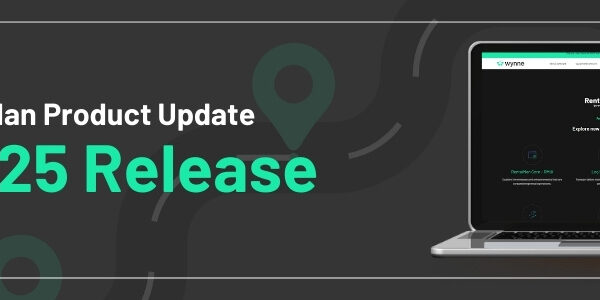
The modern healthcare system is evolving rapidly, and with that comes the need for innovative solutions to improve patient outcomes and reduce costs. Hospital at home programs offer a unique opportunity to do just that, providing greater convenience to patients while also increasing efficiency for providers. However, successful implementation of these programs requires proper management of Durable Medical Equipment (DME). In this blog post, we’ll explore the potential benefits of hospital at home programs for both patients and providers, as well as how to select the right DME management software solution in order to maximize success.
Understanding Hospital-at-Home Programs and DME Challenges
Hospital at home programs provide hospital-level care at home, enabling convenience and cost-saving benefits for patients and providers. Managing Durable Medical Equipment (DME) in these programs is challenging, but tapping into the power of a strong DME rental operation will address these issues.
These programs enable acute medical care at home, reducing hospital stays, costs, and enhancing patient access while maintaining medical standards.
The primary DME rental challenge is proper maintenance and inventory tracking, raising liability concerns if equipment is lost or damaged outside healthcare facilities.
Additionally, providers must piece together the logistical puzzle for caregivers who are responsible for ordering the right equipment, along with bridging the communication gap between other organizational groups involved in this process.
DME rental services offer short-term access to high-quality equipment, eliminating storage and maintenance hassles. Organizations can focus on quality care, reducing liability risks and equipment costs.
There are several successful examples of hospital at home programs throughout the United States and abroad that highlight the potential of such initiatives in improving both patient outcomes and cost savings for providers.
For instance, in a randomized, controlled trial released in 2020, data from Brigham Health showed that the adjusted mean cost was 38% lower for patients receiving at-home care than the controlled group. Additionally, readmission rates within 30 days were significantly reduced to 7% compared to 23%.
Similarly, in a study published in JAMA Internal Medicine, researchers evaluated the hospital-at-home program operated by the Mount Sinai Health System in New York and found that those receiving at-home care were 68.8% more likely to rate their quality of care higher compared to 45.3% in the controlled group.
Understanding DME rental’s role in managing challenges in hospital at home programs unlocks their potential for improved patient outcomes and cost savings while minimizing liability risks.
Benefits of a Hospital-at-Home Program for Patients and Providers
Hospital-at-home programs exemplify the convenience, cost-effectiveness, and improved outcomes offered by modern technology. Patients receive advanced care at home, reducing wait times, especially beneficial for those with mobility or financial constraints.
For providers, these programs cut traditional hospital overhead costs, improving workflow efficiency. Savings can be passed on to patients through lower costs or enhanced coverage. Remote monitoring and cloud computing enable real-time health tracking and secure data storage, enhancing patient care.
Utilizing these technologies in hospital at home programs benefits patients and providers with improved outcomes and significant cost savings, making them a popular alternative to traditional hospital settings.
How to Choose the Right DME Management Software
Selecting the right DME management software for a hospital at home program is crucial and you must have a full understanding of program needs and DME management challenges before choosing a provider. Research options, compare features, costs, and reviews for an informed decision.
It’s also important to consider scalability when selecting a DME management software solution. Is the system able to grow with your program? Can it handle larger volumes of data? Does it have the capacity for integration with other software solutions or with existing systems? Data security should also be taken into account; ensure that your data is protected from unauthorized access or alteration. Verify compliance with regulations and industry standards, such as HIPAA and accreditation from organizations like URAC or The Joint Commission.
By following these steps, providers can maximize their hospital at home program’s success with an effective DME management platform.
RentalResult by Wynne Systems is a great place to begin your search for a DME management software. Contact us to learn more about its powerful capabilities.




